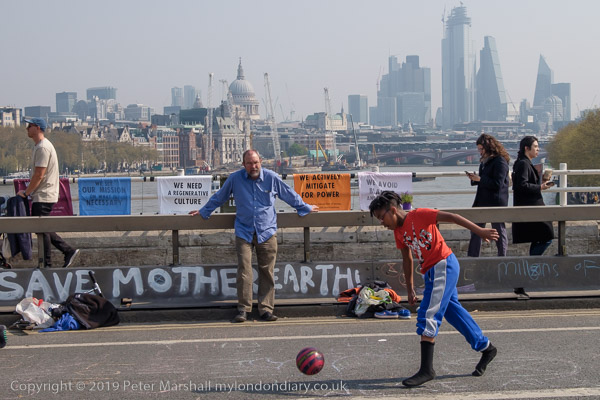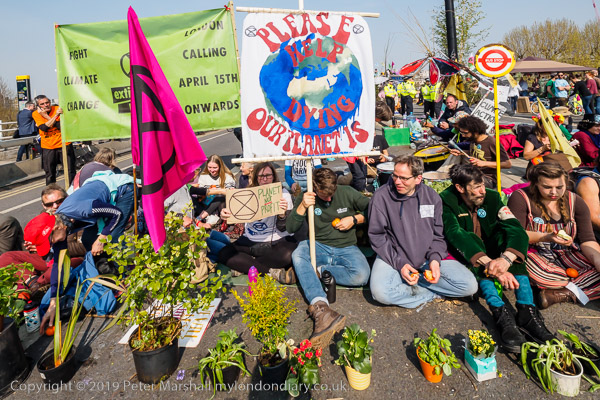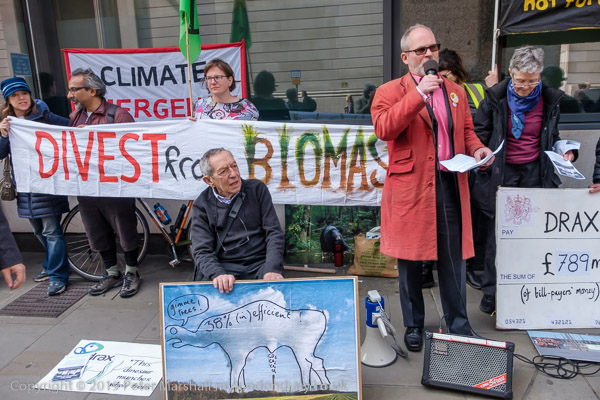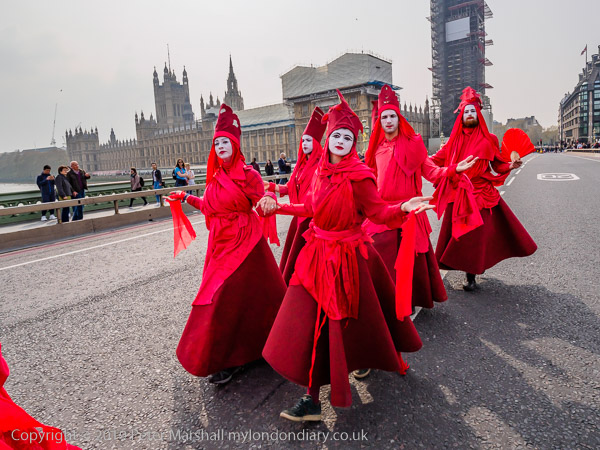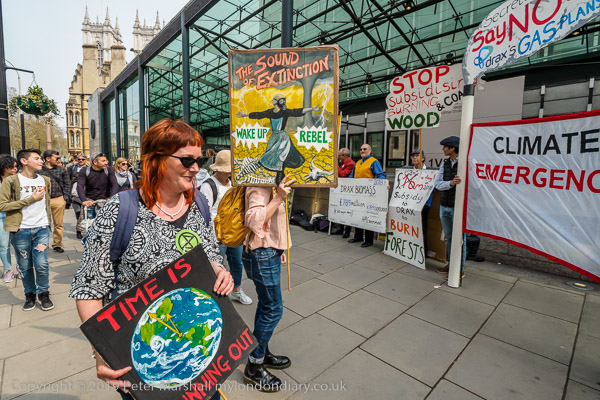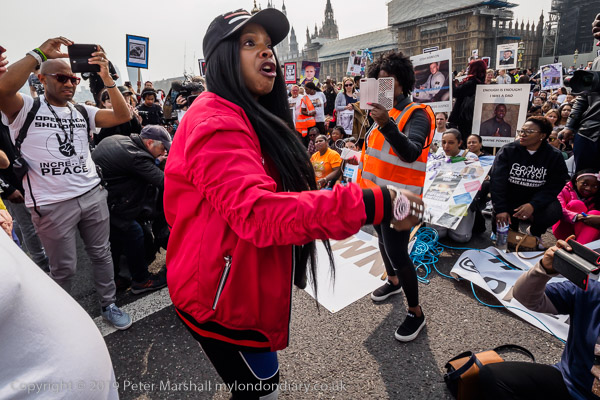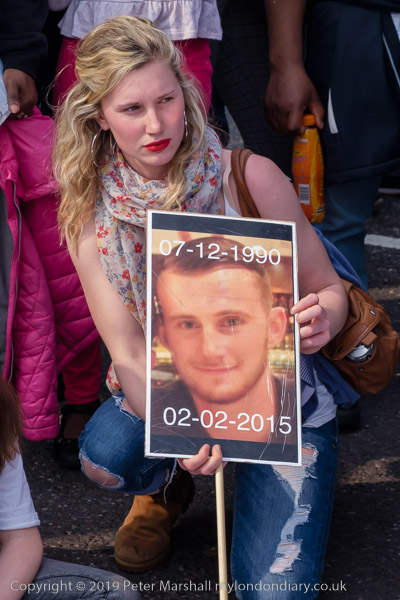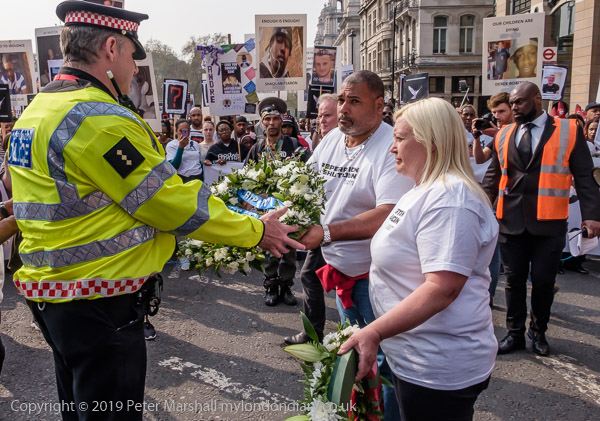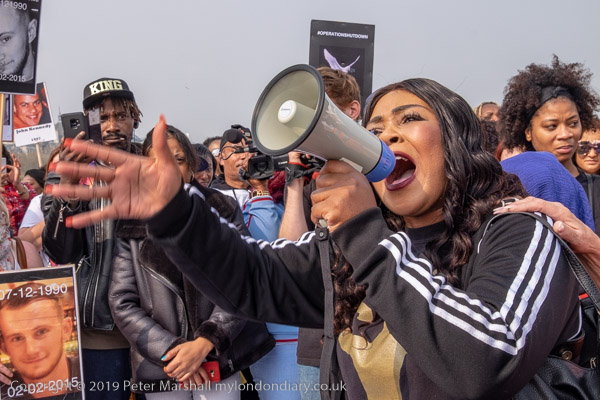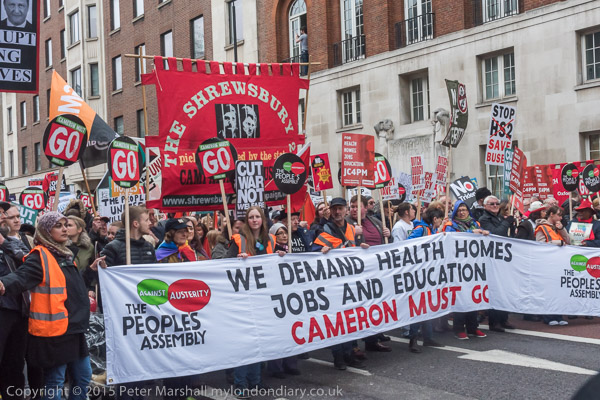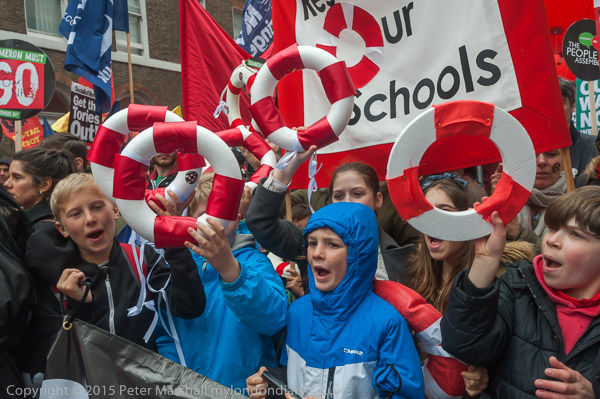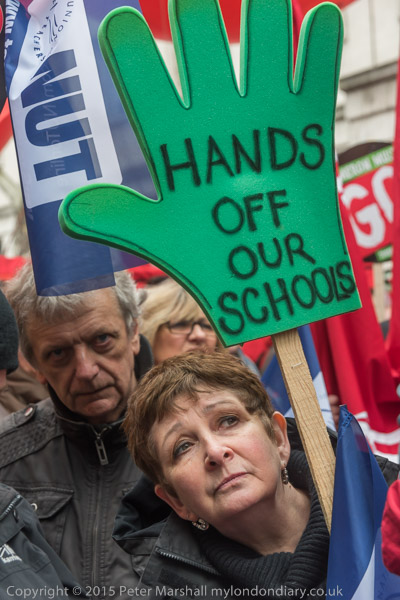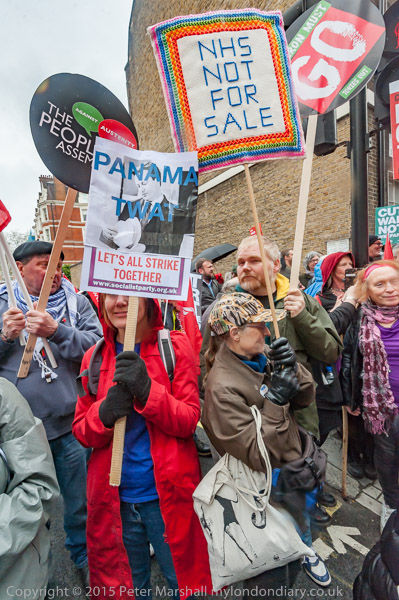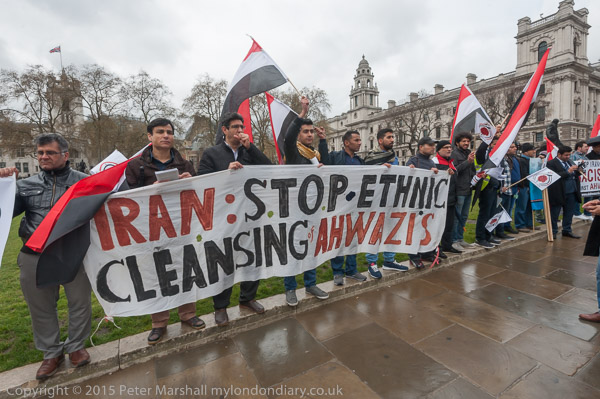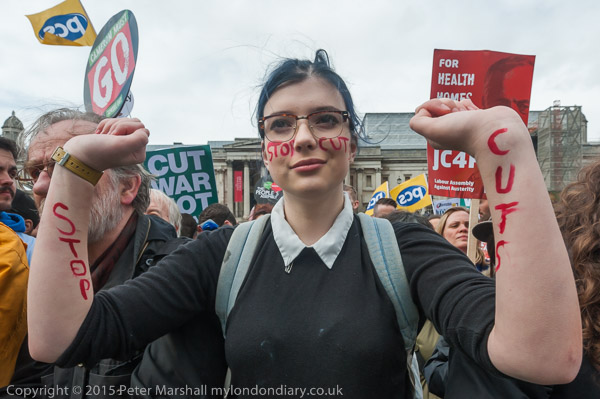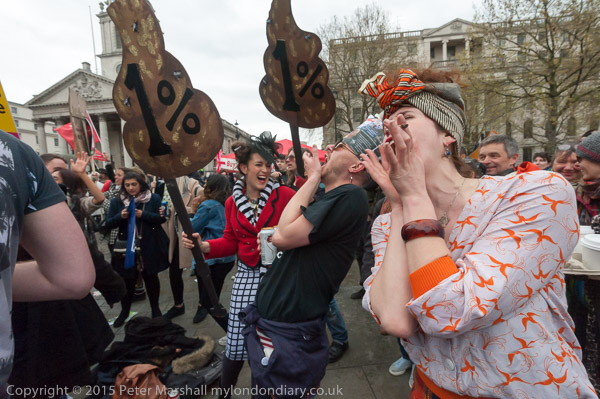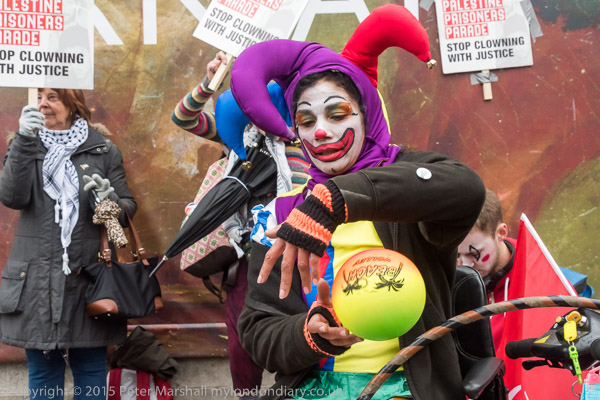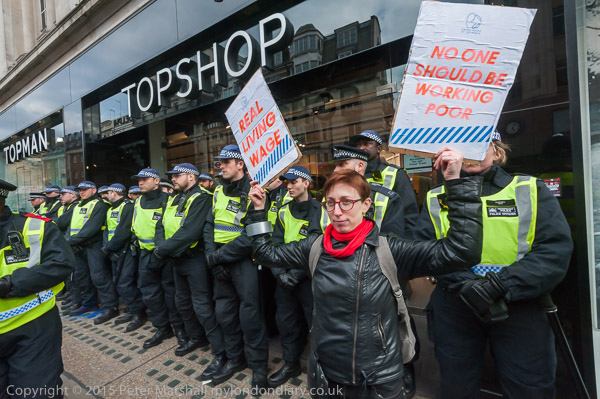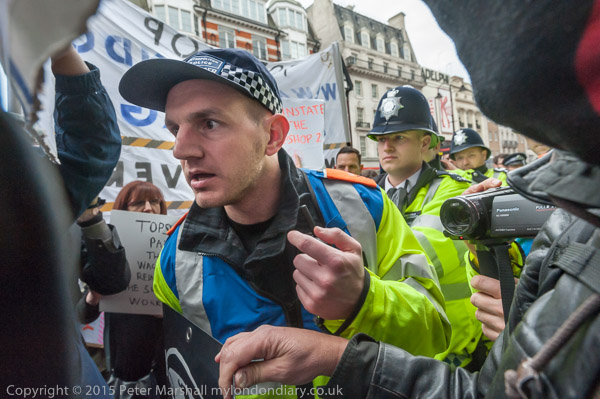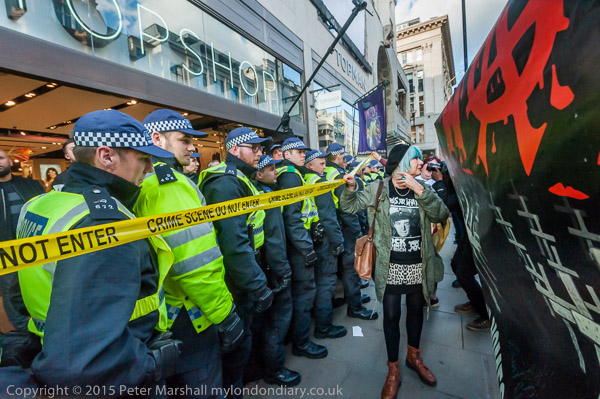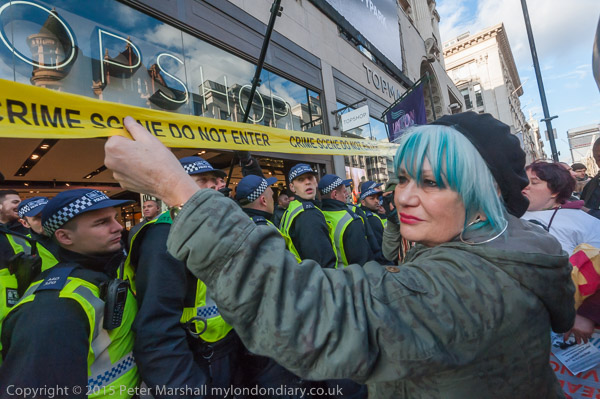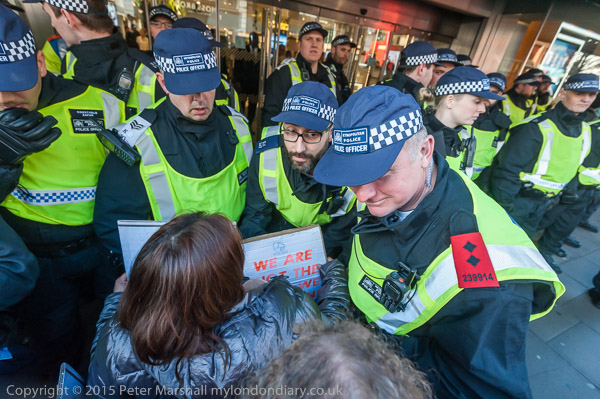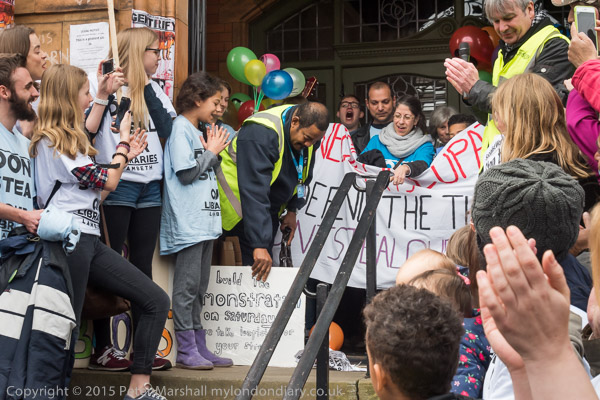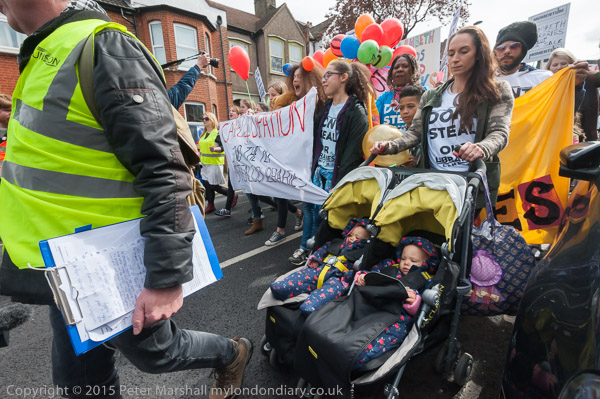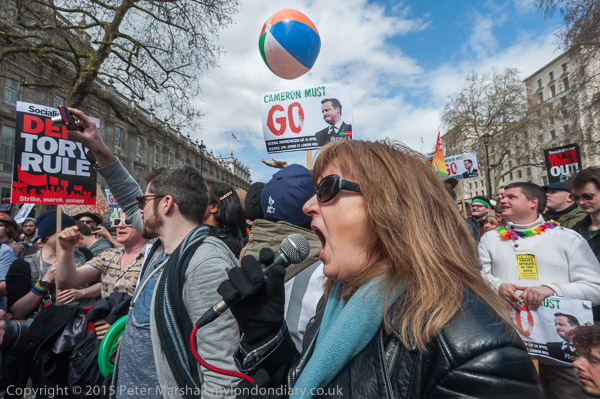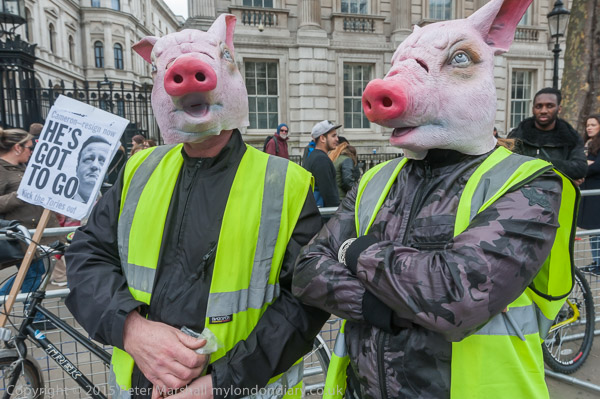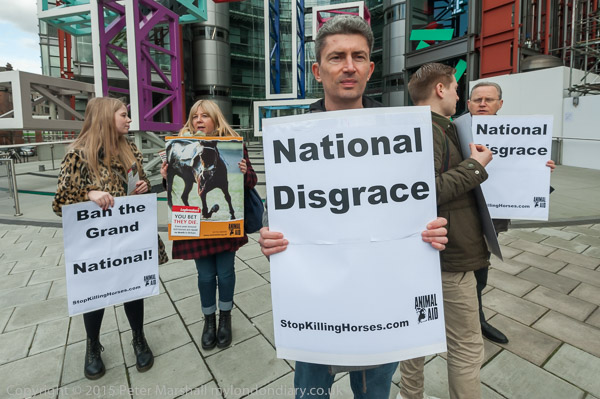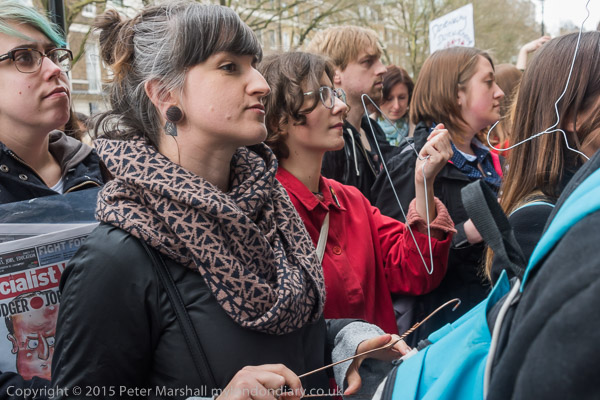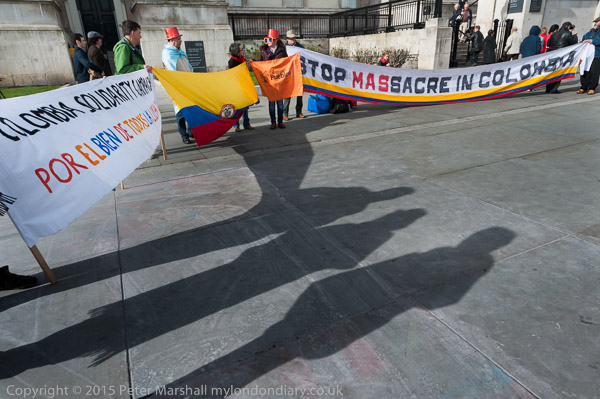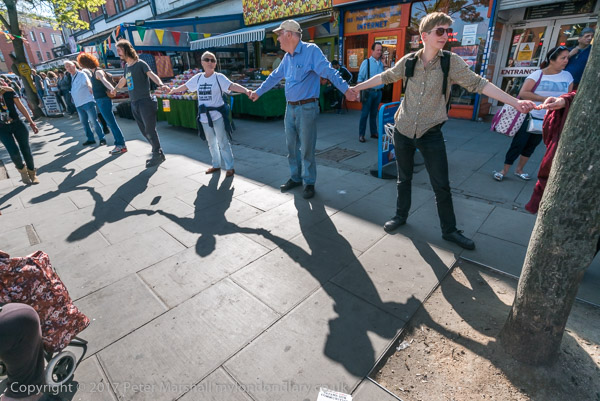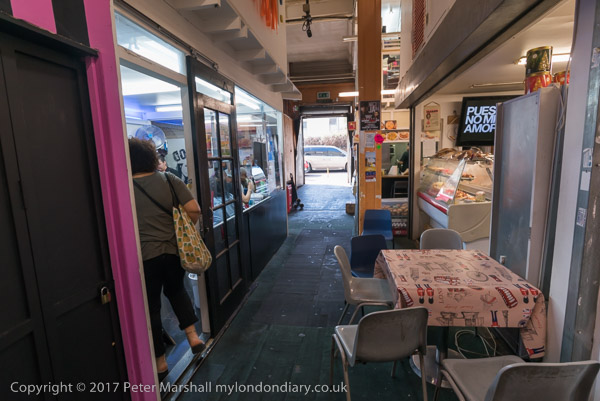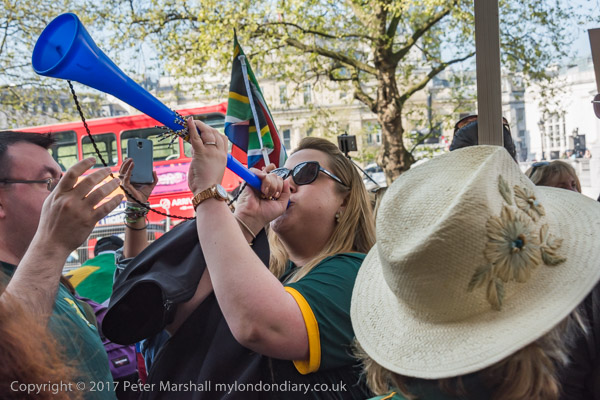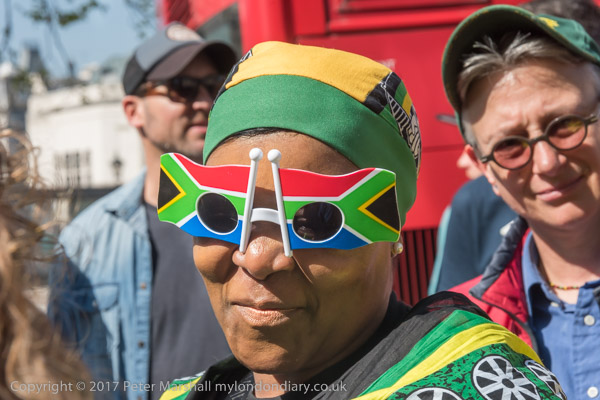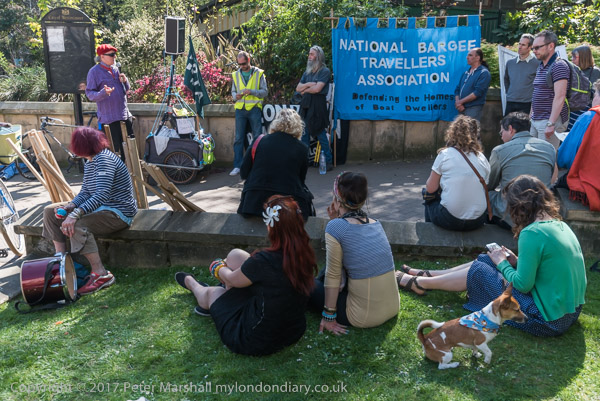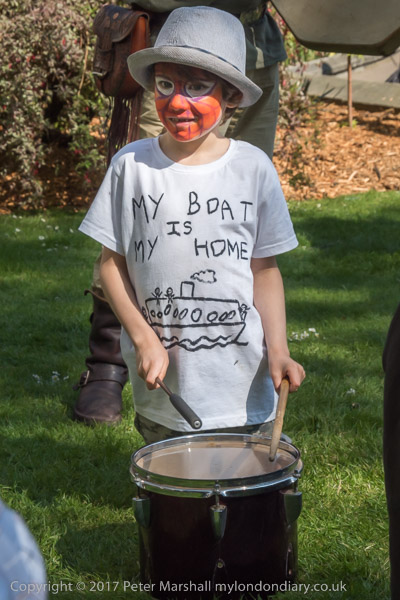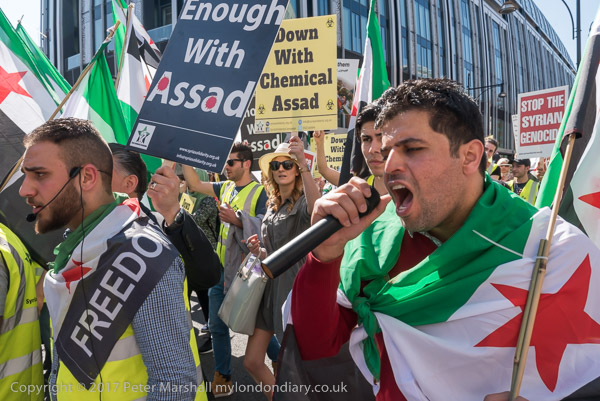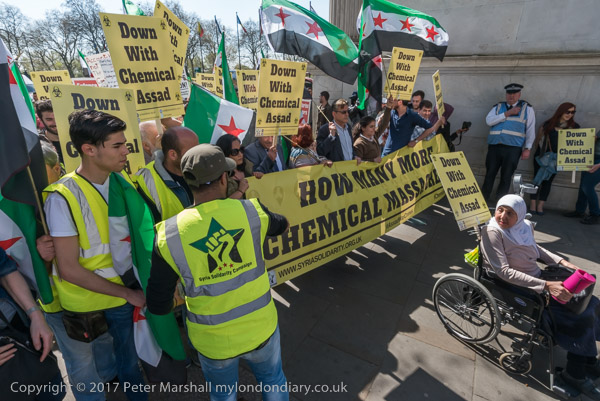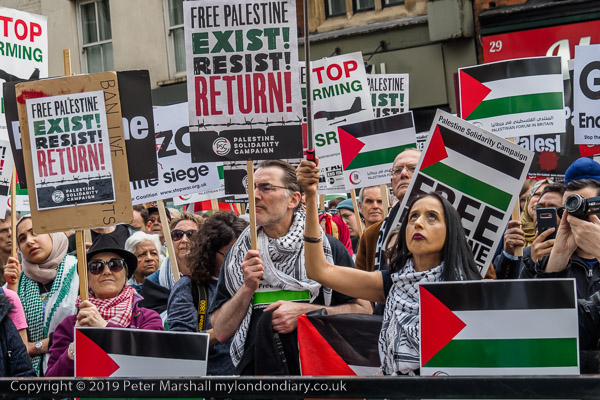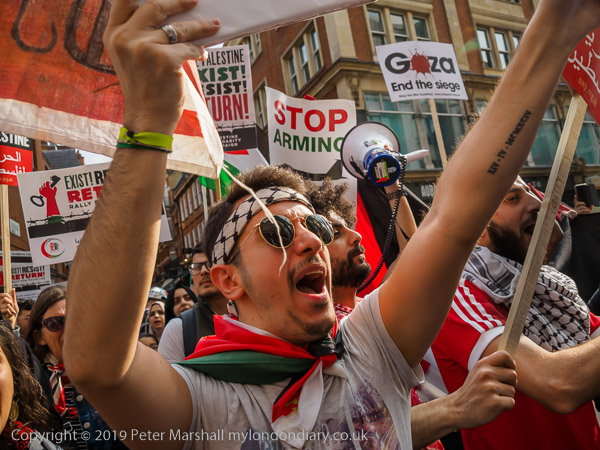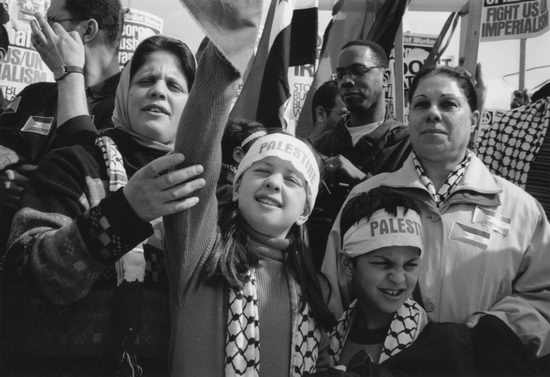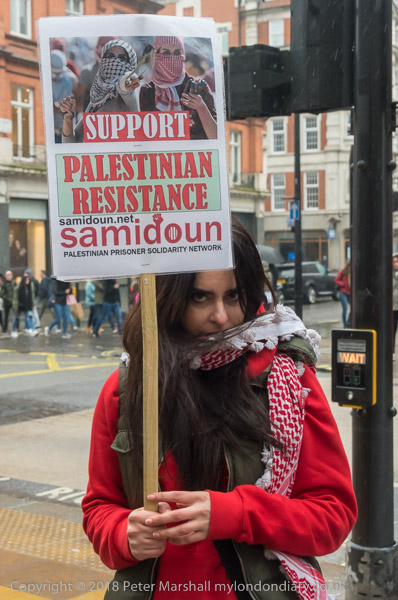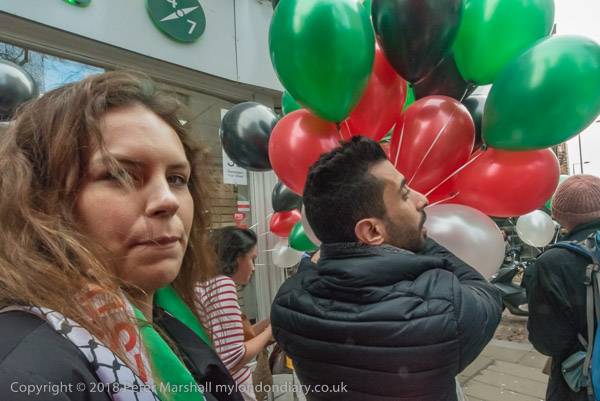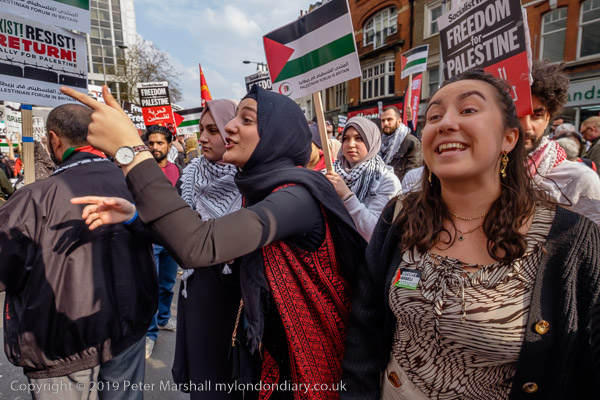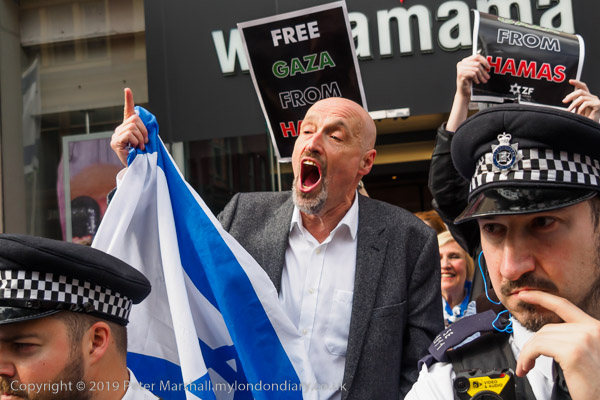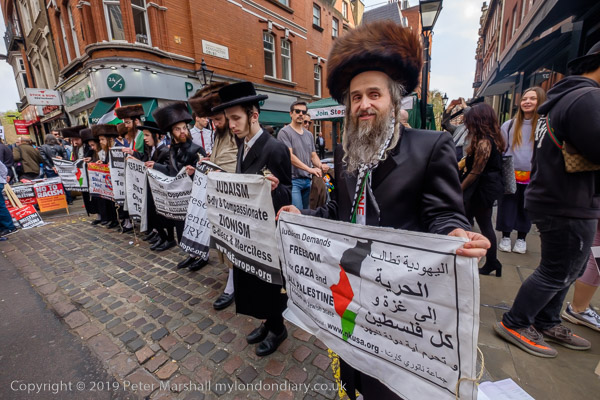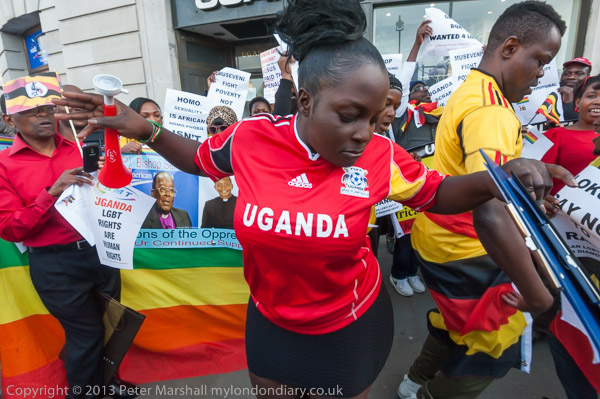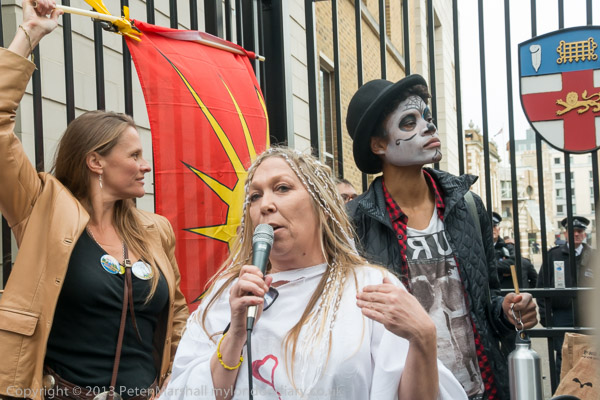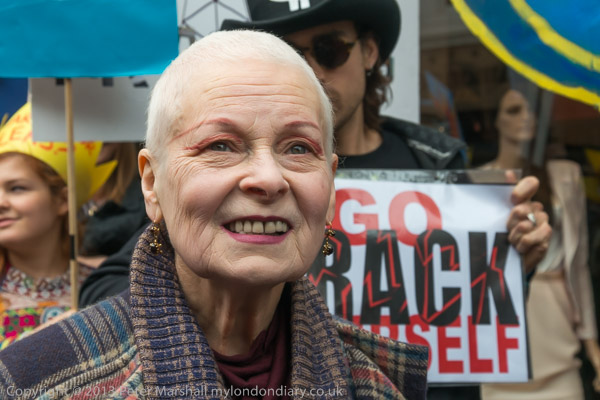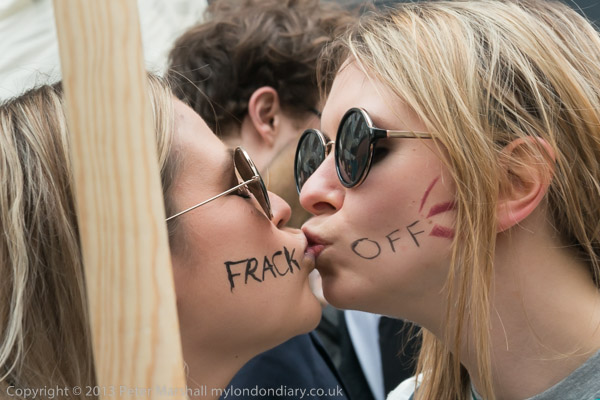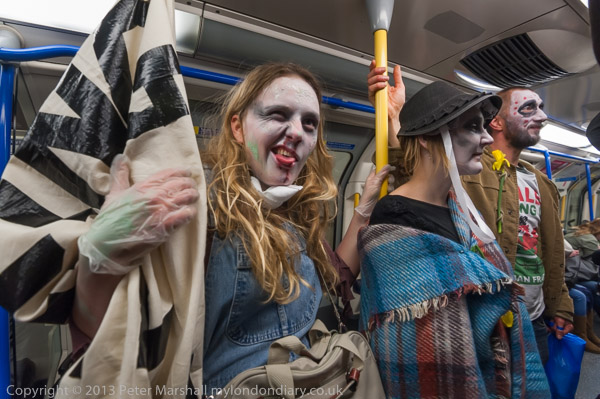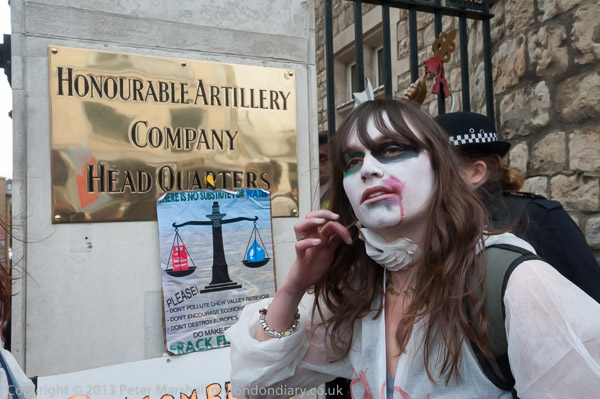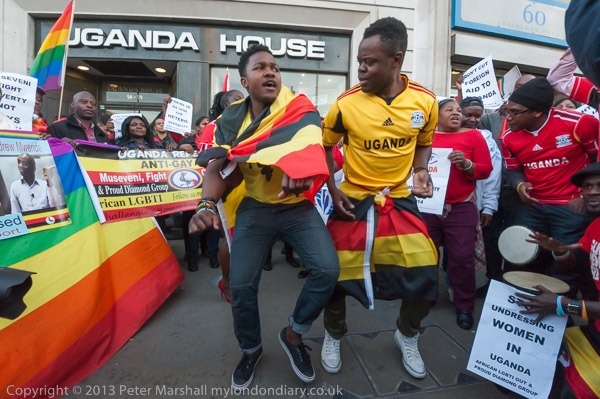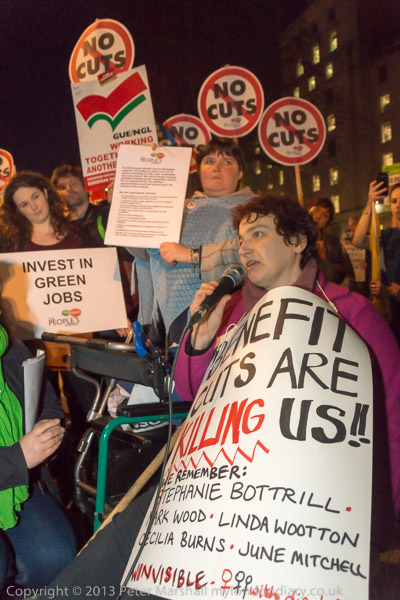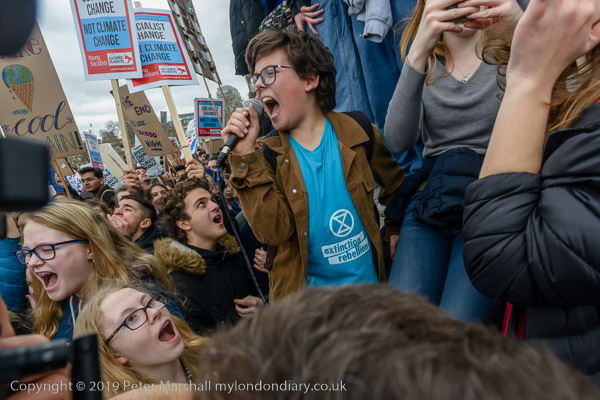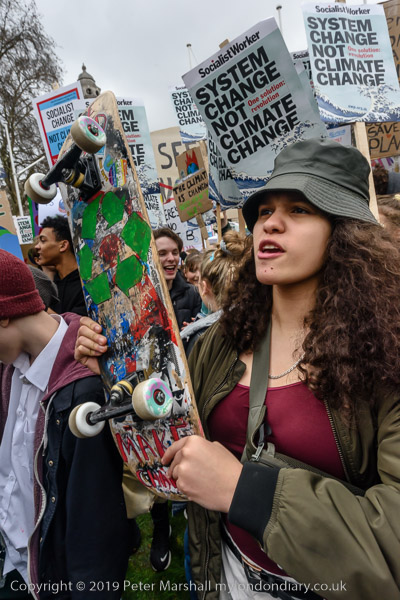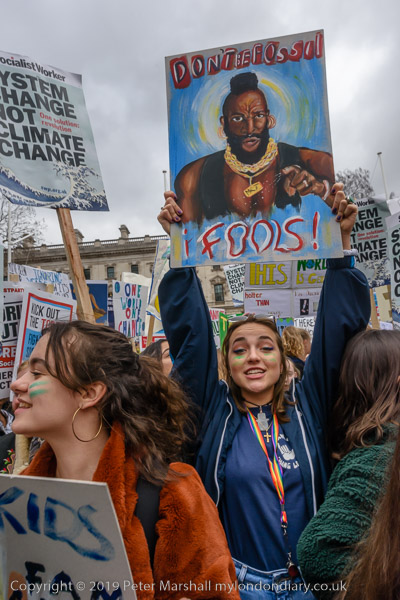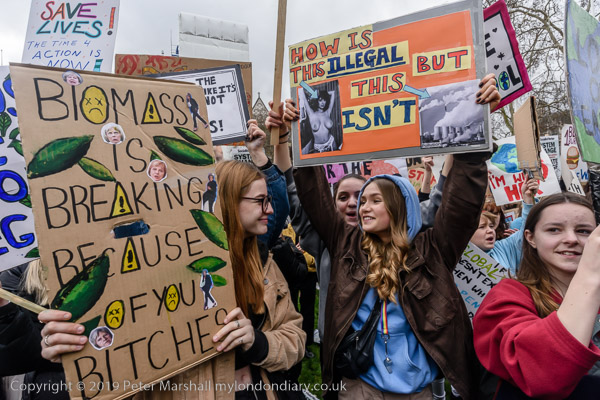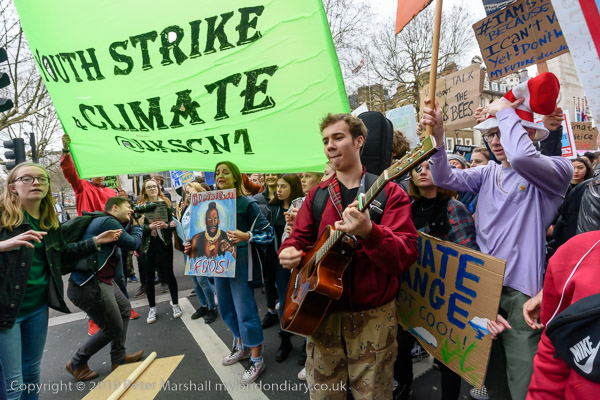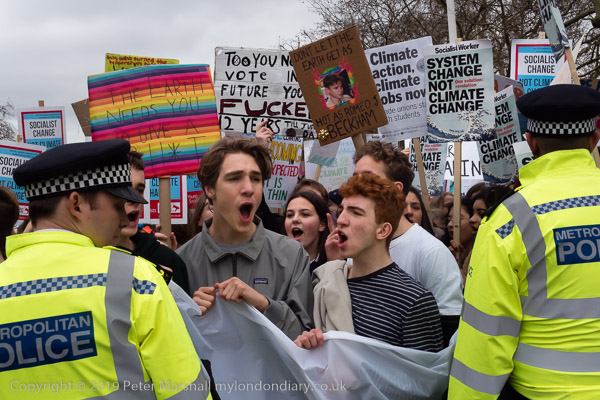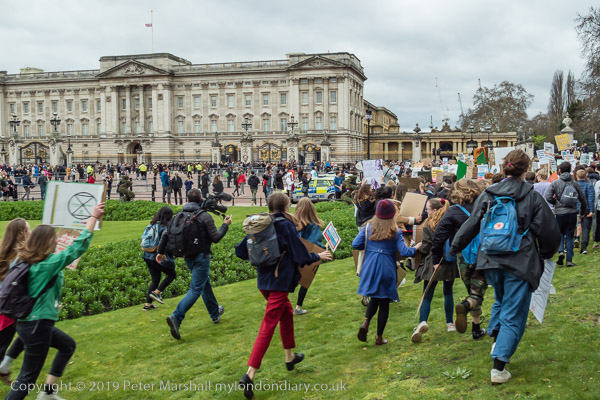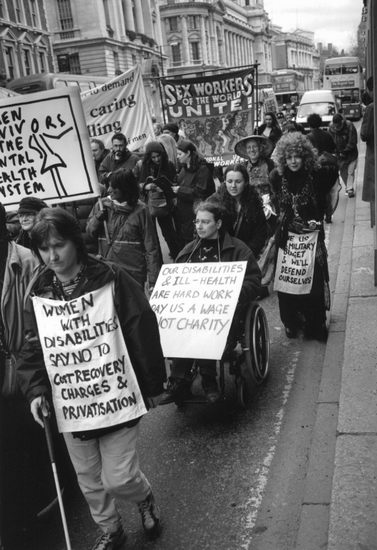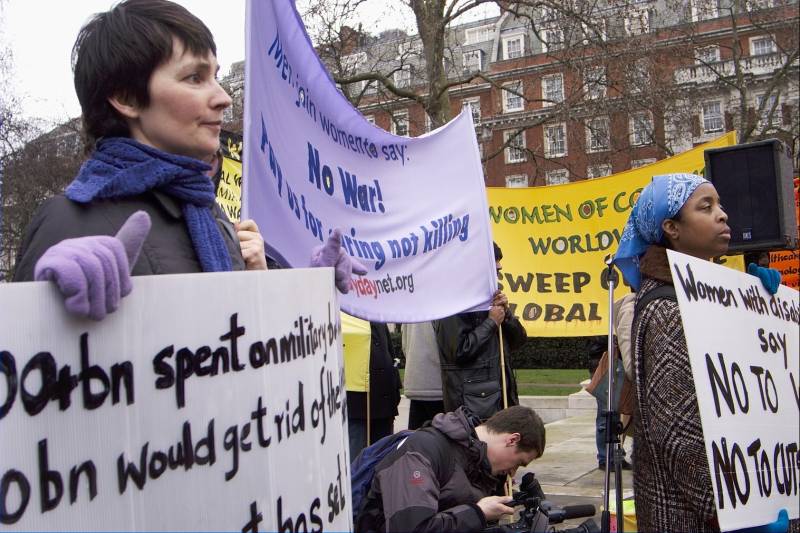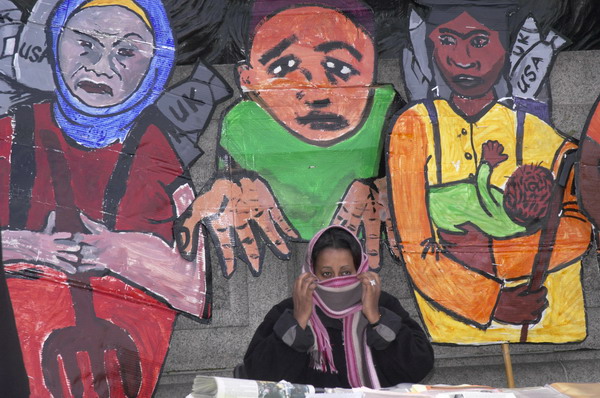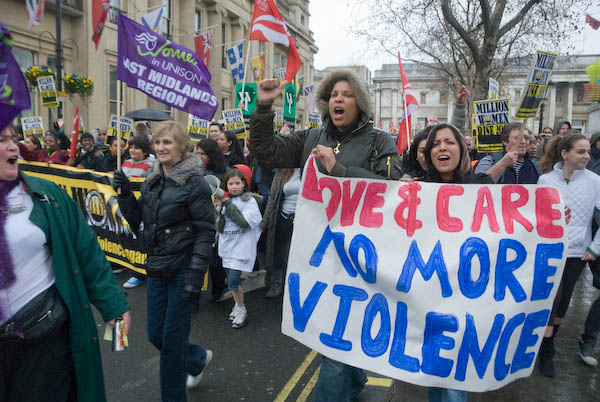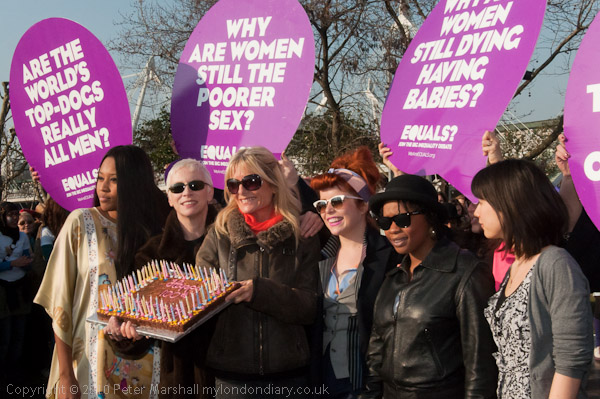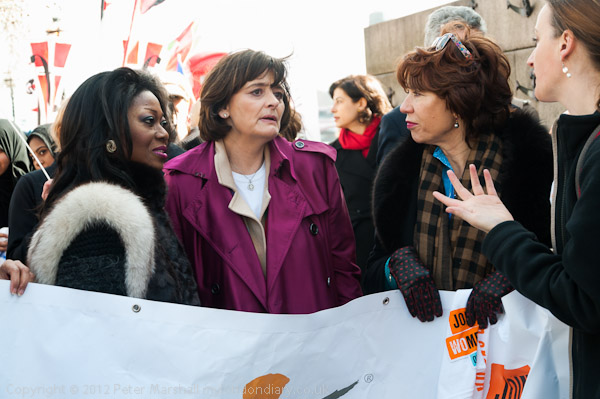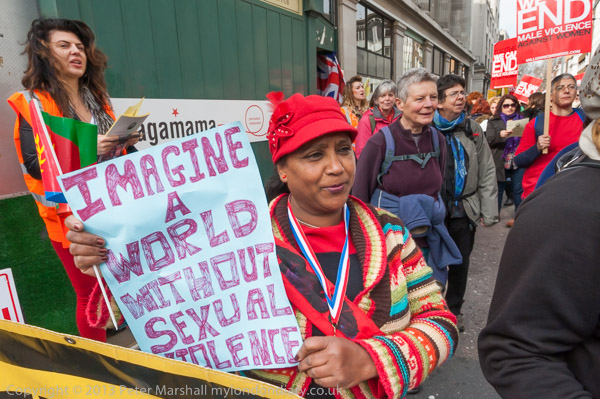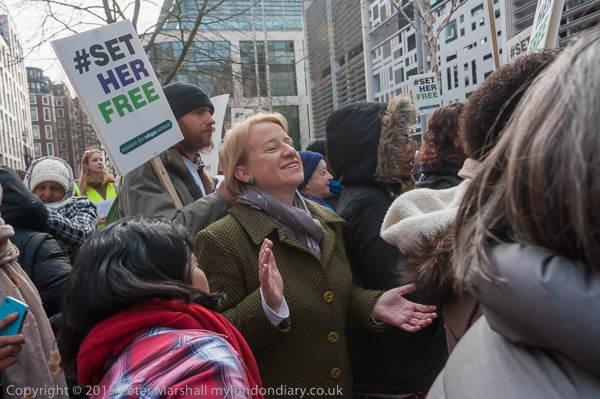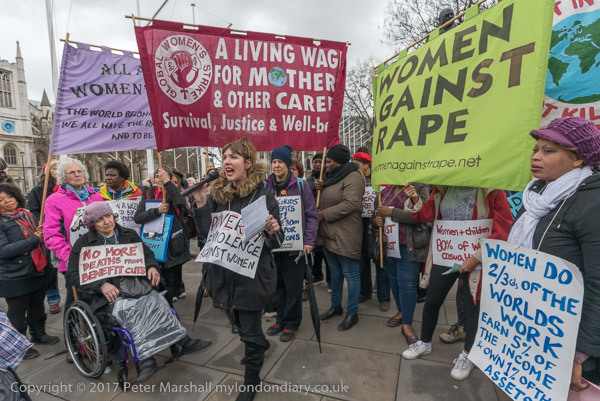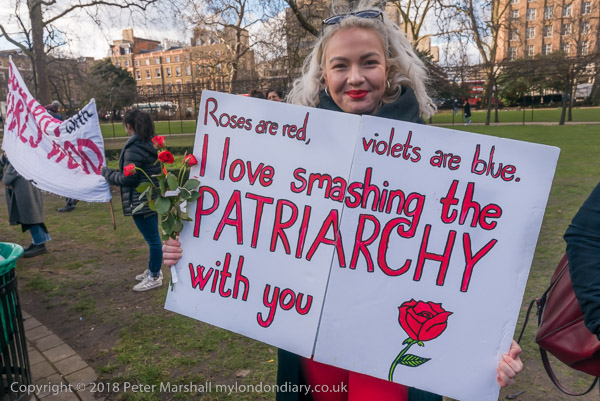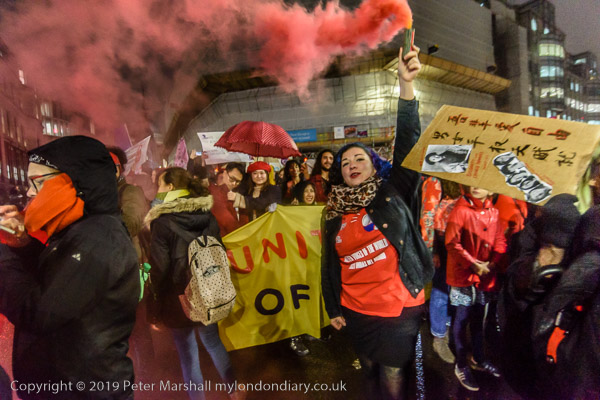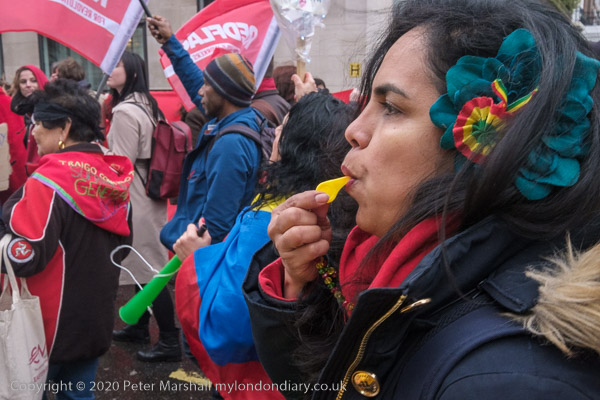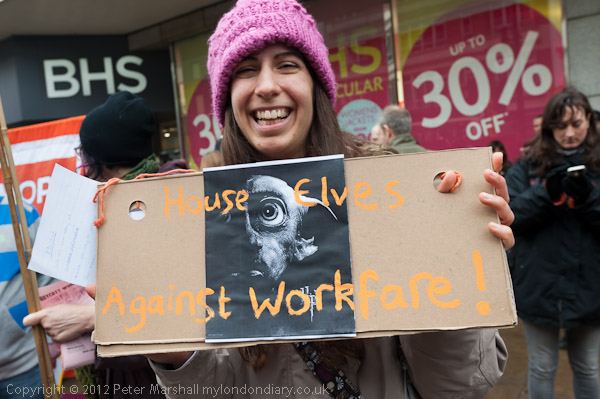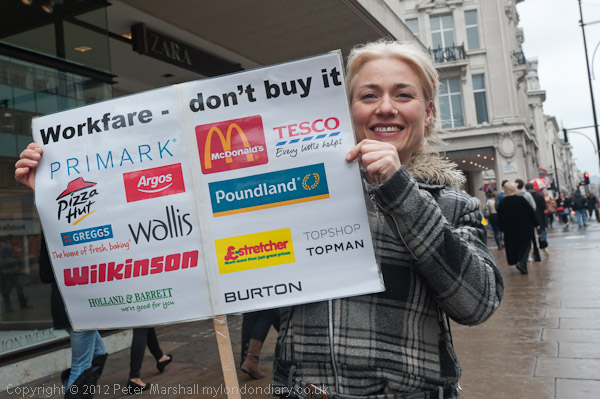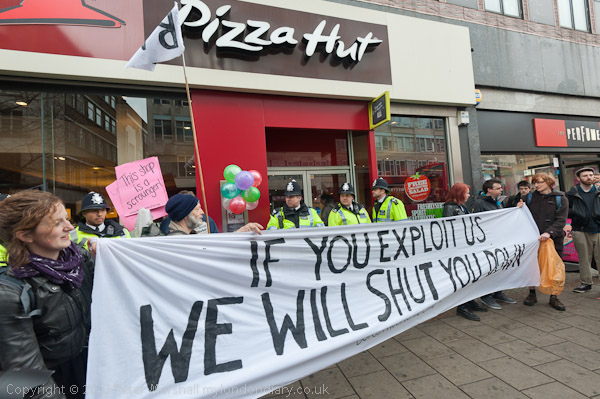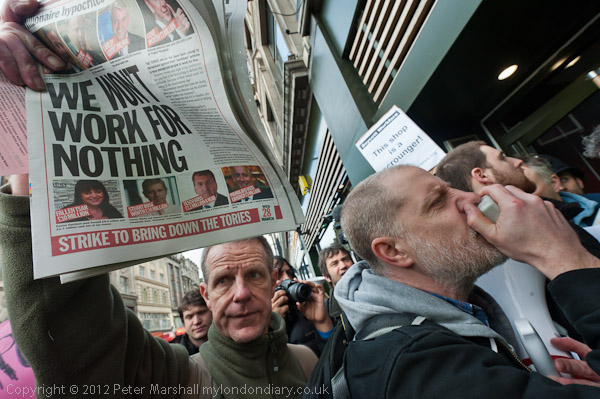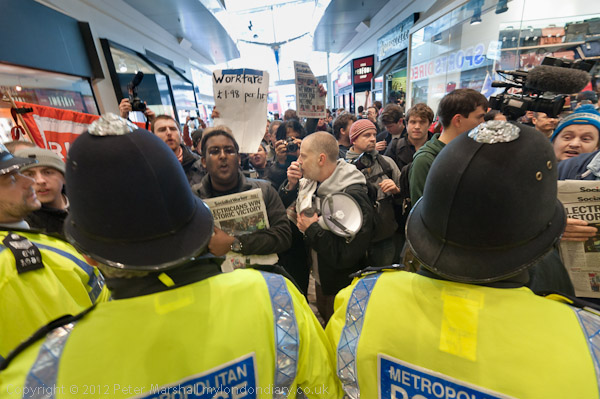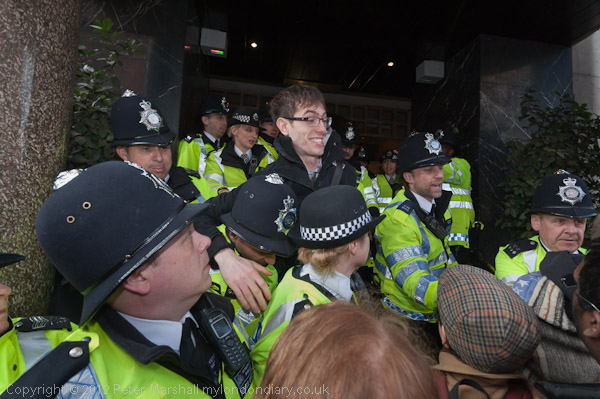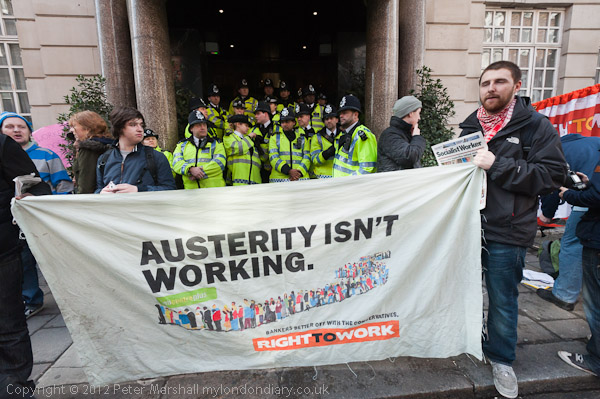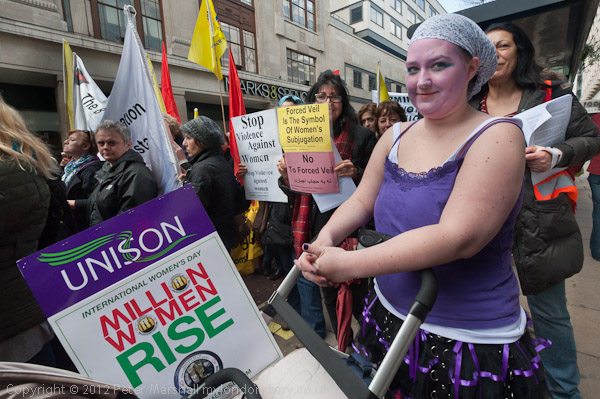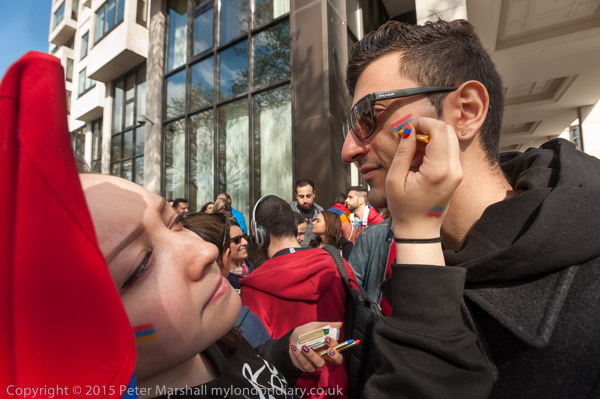
On Saturday 18th April 2015, Armenians marked the 100th anniversary of the start of the Armenian Genocide in Turkey in which 1.5 million were killed between 1915 and 1923. Turkey still refuse to accept the mass killings as genocide and the UK has not recognised the killing of this huge number of Armenians as genocide. The term was first published in 1943 by Polish lawyer Raphael Lemkin in his book ‘Axis Rule in Occupied Europe‘. After he had read about the killing of Armenians in Turkey and found that there was no law under which Talat Pasha, the grand vizier of the Ottoman Empire could be charged he invented and defined the term ‘genocide.
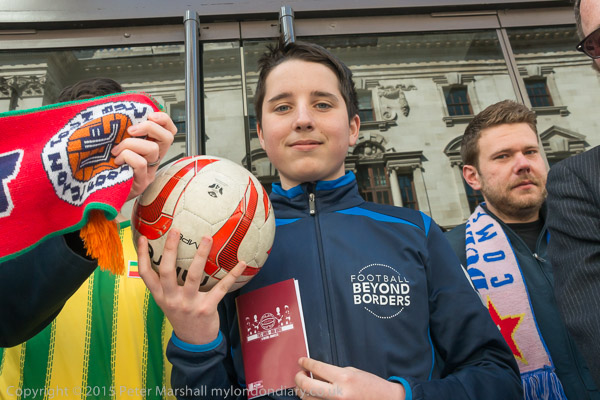
I left shortly before their march began to catch up with the Football Action Network who were taking copies of their manifesto to the Labour, Tory and Lib-Dem offices in Westminster. They were moving fast and there was no sign of them at Labour HQ; I ran on to the Tory HQ to find they had left, and finally caught up with them at the Lib Demo offices near Parliament Square. There I found supporters with scarves from Bolton, Luton Town and Dulwich Hamlet from Football Beyond Borders holding a couple of banners and passports with their demands, including a Football Reform Bill, a living wage for all staff, fair ticket prices, safe standing, and reforms to clubs & the Football Association.
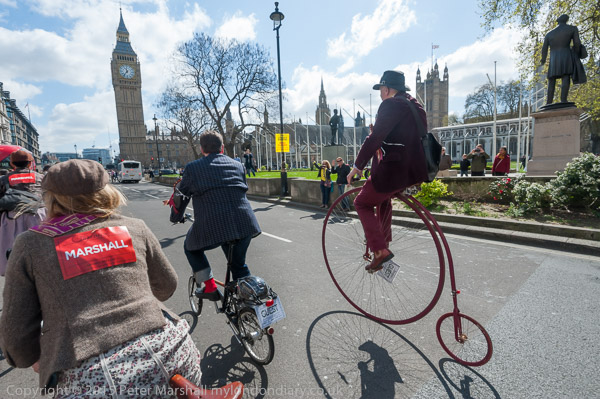
The next even came to me, as a group of cyclists on the Tweed Cycle Ride stopped at the traffic lights on the road opposite, and I ran to meet them, then ran along with them through Parliament Square when the lights changed to green. he Tweed Run raises money for the London Cycling Campaign and describes itself as “a jaunty bike ride around London in our sartorial best“. The vintage-themed ride stops for tea and a picnic and ends with “a bit of a jolly knees-up.” Not really my kind of thing.
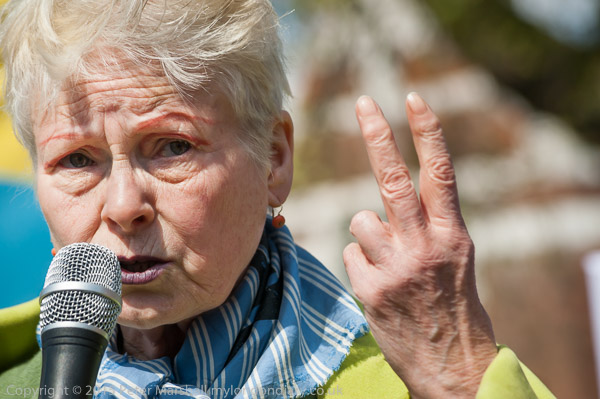
I caught the tube to Shepherds Bush and a rally on the Green against TTIP, the Transatlantic Trade and Investment Partnership being secretly negotiated by governments and corporations which poses a threat to democracy and all public services. The huge public outcry across the EU against this and in particular the Investor-state dispute settlement (ISDS) already incorporated in some other treaties which allows companies to sue countries for ‘discriminatory practices’ including efforts to combat global heating is possibly why these talks were eventually abandoned in 2016, though our EU referendum may also have helped. After speeches the rally split into groups for discussion.
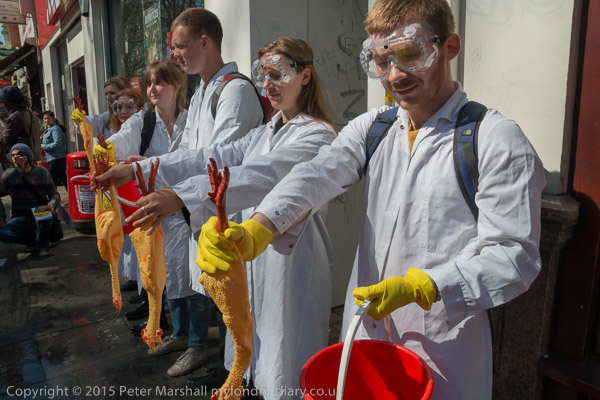
After the rally, white-coated War on Want campaigners moved across the road to a branch of Kentucky Fried Chicken for a performance with buckets and rubber chickens protesting against TTIP which would force us to admit US agricultural products produced by practices considered unsafe here – such as chlorine-dipped chickens, hormone stuffed beef etc. The need for these methods is driven by US intensive farming methods which have lower standards for safety and animal welfare than are acceptable here – and although TTIP ended without a treaty, our post-Brexit trade agreement with the US seems almost certain to include similar hazards.
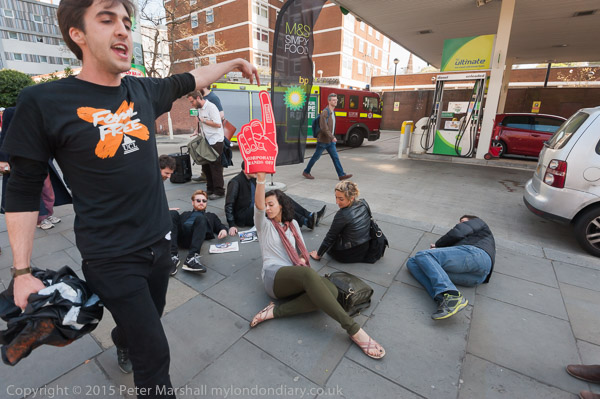
Next I moved with protesters to the BP garage on the opposite side of Shepherds Bush Green, where activists staged a die-in as TTIP would force countries to use dirty fuels including coal, tar oil and arctic oil and seriously delay cutting carbon emissions and the move to renewable energy.
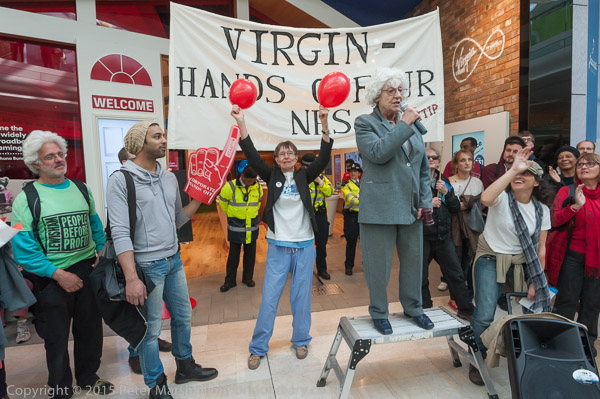
Finally, a group of protesters walked into the Westfield centre to stage a street theatre performance outside Virgin Media to illustrate the danger that TTIP poses to our NHS, allowing corporations to force the privatisation of all public services. Like other large shopping centres Westfield is a private place where protests and photography are not permitted, but police and security stood back and watched the event, and though security attempted to stop some videographers I kept a lower profile and was not approached.
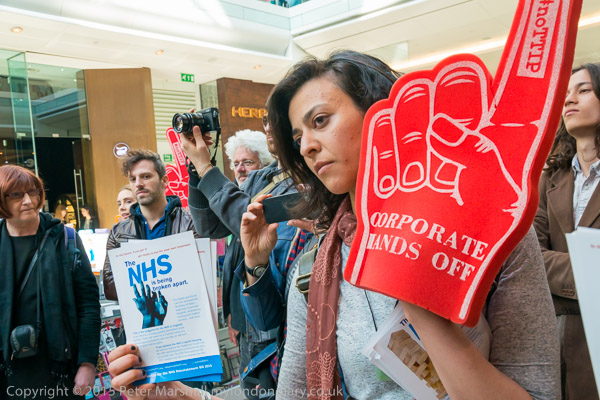
Virgin Media is actually no longer a part of the Virgin empire, though it still pays Branson to use the name. Virgin Care now runs a large part of the NHS which is rapidly being privatised by the Conservative government. According to The Observer, because of a complex structure of holding companies with links to other parts of the Virgin empire with its roots in the British Virgin Islands, the company is “unlikely to pay any tax in the UK in the foreseeable future.”
Westfield ‘Save our NHS’ protest
BP die-in against Climate Change
KFC protest over TTIP
Stop TTIP rally
Tweed Cycle Ride
Football Action Network Manifesto
Centenary of Armenian Genocide
